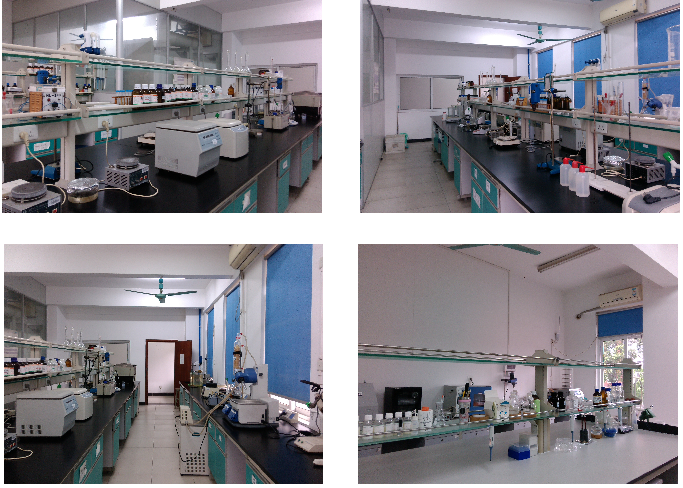暨南大学生物医学材料研究室的雏形出现在1978年的化学系,后续迅速发展并于1984年成立以生物医学材料教学、研究、开发、社会服务为主的生物医学工程研究所,这是教育部批准国内最早以生物医学材料研究与开发为主的研究所,现拥有从本科、硕士/工程硕士、博士、博士后完整才培养体系。2000年7月申请成立生物医学工程系后同时设立生物医学材料教研室,该教研室的主要任务是生物医学材料相关的教学、科研、产品开发与人才培养,以特色科学研究和临床应用产品的开发带动教学和人才培养。先后以硅橡胶、胶原、羟基磷灰石、海藻多糖等医学材料为研究和开发对象,主持包括国家重大科技攻关、863、973、国家自然科学基金等多项国家级课题和省市科技项目,取得包括省部级科技进步二等奖等一批成果,并开发出包括各种医用导管/插管、人工鼻、人工听骨、乳房假体、隐形眼镜、海藻基敷料和护眼贴等医用产品。多年来通过大批人才培养,科学研究和医用产品开发,社会服务,在国内拥有一定知名度。
教研室现有教职员9人,其中,教授2人,副教授4人,讲师1人,教辅2人。教师中6人拥有博士学位,2人拥有硕士学位。
The biomaterials research section at Jinan University was set up in 1978 in the department of Chemistry, which was developed rapidly and subsequently established Institute of Biomedical Engineering in 1984. The institute is committed to the development of the of biomedical materials for teaching, research, development and social service, which is the earliest institute majored in biomedical materials research and development approved by the Ministry of Education.
Based on the Institute of Biomedical Engineering, Department of Biomedical Engineering was set up in July 2000, at the same time the biomaterials teaching and research section was set up. The main task of the biomaterials teaching and research section was related to teaching, scientific research, product development and personnel training, in which the development of teaching and training was driven by featured scientific research and clinical product development.
Since the very beginning, biomaterials teaching and research section is boasted of its strong academic research. Based on the studies of silicone rubber, collagen, hydroxyapatite, seaweed polysaccharides and so on, it has undertaken many international, national, and regional research projects, such as the National Key Basic Research Program (973), the National High Technology Research and Development Program (863), National Natural Science Foundation, and a large number of regional research projects. And it has developed a variety of medical product, includemedical catheter/intubation, artificial nose, artificial ear bone, breast implants, contact lenses, eye stick, seaweed-based dressings and so on. Based on thoseachievements, it also has achieved a series of provincial or ministerial level scientific and technological progress prizes.
After years of construction, the biomaterials teaching and research section has a certain reputation in the country. It has developed complete education system which including undergraduate, master, Ph.D. and post doctor. Currently, the biomaterials teaching and research section has a vibrant team of researcher, including two full professors, four associate professors, one lecturer and two laboratory technician. Six teachers have PhD degrees and two teachers have Master degree.
